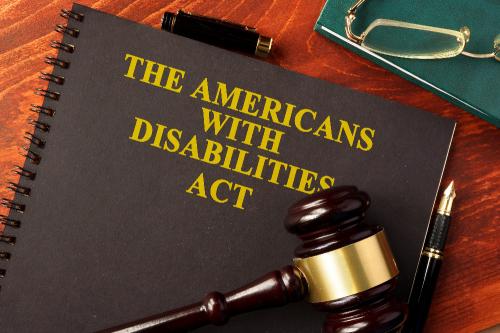


You probably already know about ADA (American Disabilities Act) compliance requirements for your building and your services (ramps, railings, closed captioning and more), but did you know your website should also be ADA compliant?
We’re not talking about putting railings on your computer, but rather making it easier for those with disabilities to access your website, find out more about your products and services and otherwise engage with your organization. The fact is, like installing a ramp to improve access to your building, enhancing your website for ADA compliance is good customer relations.
Often, individuals with disabilities use assistive technology such as voice-control computer programs, screen readers, text enlargement software, or employing keystrokes instead of a mouse to use computers and access websites. While at first blush this may seem a daunting, and expensive, undertaking, it doesn’t have to be.
Turns out there are three levels of participation for ADA website compliance. We often recommend that clients start with one and then gradually grandfather their website and other electronic communications like eblasts into the upper tiers over time.

The best strategy: Start with an action plan that identifies targets and the steps to address them. Determine which can be addressed now, and which are longer-term goals. This should be an ongoing process to adjust and improve your site – something you’ll likely be doing anyway. And there’s another side benefit: Improving your ADA compliance also raises your rankings as the search engines crawl your site. Your existing content likely has a great deal of potential; it just needs to be optimized so you aren’t missing out on an entire segment of potential business!
